The Nature of Cities focuses on creative approaches to greening urban environments, what that means, why it is important, who is involved, and how, including Roundtables on “cities and pollinators“, and regenerative urban agriculture. The focus of this piece is 18 fruit trees installed for 6 months in an art gallery ― an odd sort of urban greening and an odd sort of creativity.
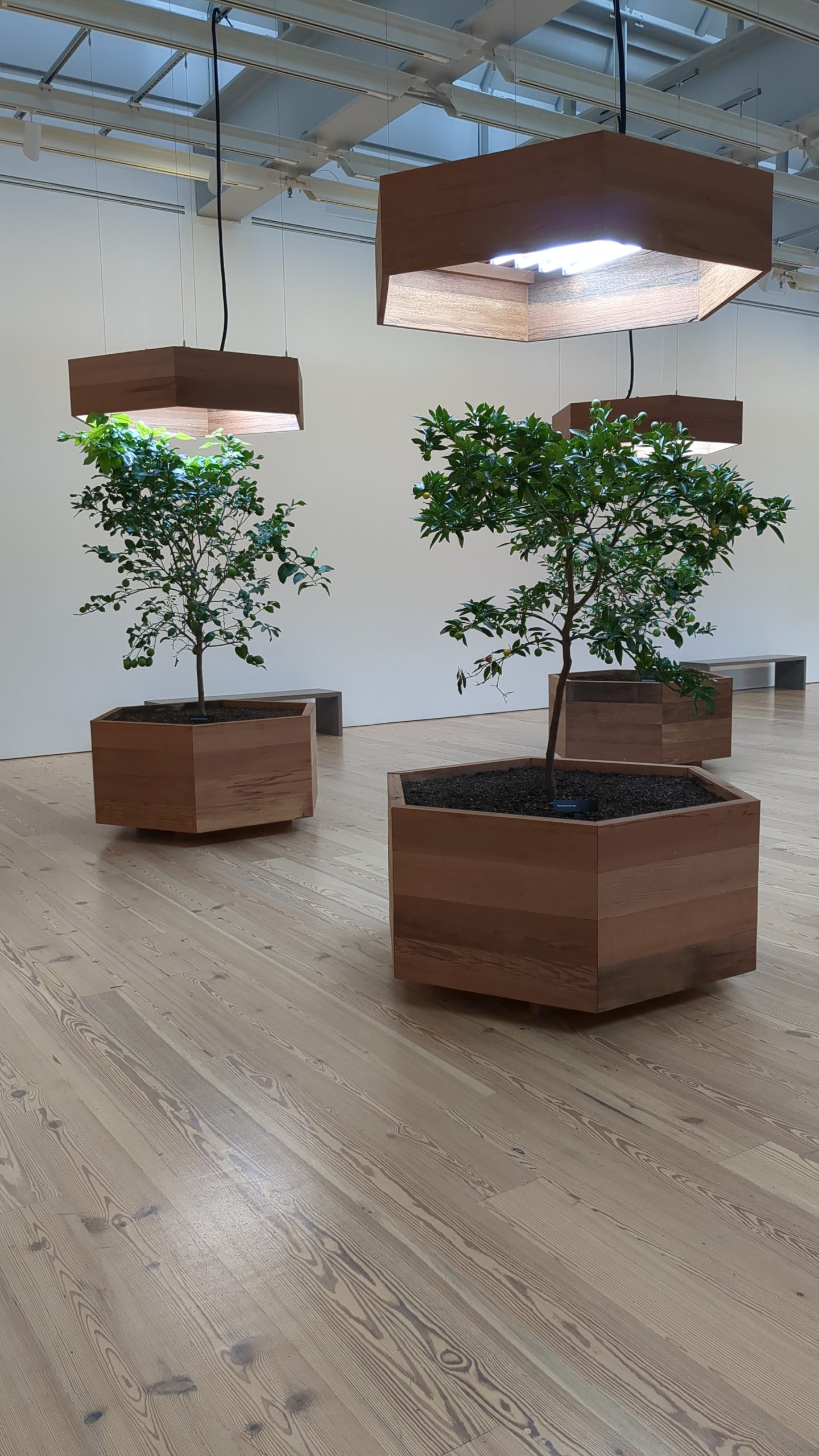
The installed work takes up the whole top floor of the Whitney Museum of American Art in New York, Survival Pieces #V: Portable Orchard, is by the pioneering ecological artists Helen Mayer Harrison (1927-2018) and Newton Harrison (1932-2022). It is a re-performance[1] of a work first made in 1972 for the gallery at California State University, Fullerton.
Anne Douglas and I discuss Portable Orchard in our book “Thinking with the Harrisons: re-imagining the arts in the global environment crisis” and the opportunity to see this recreation of the work raises some issues. In the book, we focus primarily on the first iterations of some of the seven Survival Pieces including Portable Orchard, Survival Piece #2: Notations on the Ecosystem of the Great Western Salt Works and we discuss the notorious Survival Piece #3: Portable Fish Farm in some detail. This is, in turn, related to Survival Piece #7: Crab Farm and its subsequent incorporation into the Harrisons’ “masterwork” The Lagoon Cycle. Each of these is an experiment and also a DIY proposal. In the case of Portable Orchard the artists documented which species were able to “thrive” in the gallery conditions and which couldn’t cope. The drawing showing how to create a portable orchard was produced in an edition of 200 and given away at the gallery. We discuss the Survival Pieces because it is through these experiments that the Harrisons develop their ecological understanding which is then articulated in The Lagoon Cycle and later works.
There are two specific issues that the Whitney re-performance raises – one to do with context, and the other the artists’ own evaluation of the work. When Portable Orchard was first made in 1972 the citrus fruit orchards of Southern California were being grubbed up for tract housing. Now we are living with an insect Armageddon and the pollination of fruit trees is increasingly an issue of concern.
And whilst several of the Survival Pieces have been re-performed since they were made in the early 1970s, by the time the Harrisons completed The Lagoon Cycle they noted in a Chronology of their practice included in the catalogue, that in 1974
[Helen Mayer Harrison] examines their survival pieces and their initial work. Concludes that it was an inherently alienated metaphor and was not energy-efficient. Using photographs and proposal making as a medium, the Harrisons change the direction of their work.
So, this work by the Harrisons’ own evaluation is an ‘alienated metaphor’ (thinking about survival as taking place in the space of the art gallery), and in terms of modelling ecosystems, these experiments did not use energy in the ways that ecosystems do. Within the web of life, energy is constantly exchanged whereas techno-science, the form of science that largely operates within contemporary capitalism, organises on the principles of “return on investment” and “innovation”, with the health of the web of life much less important than productivity.
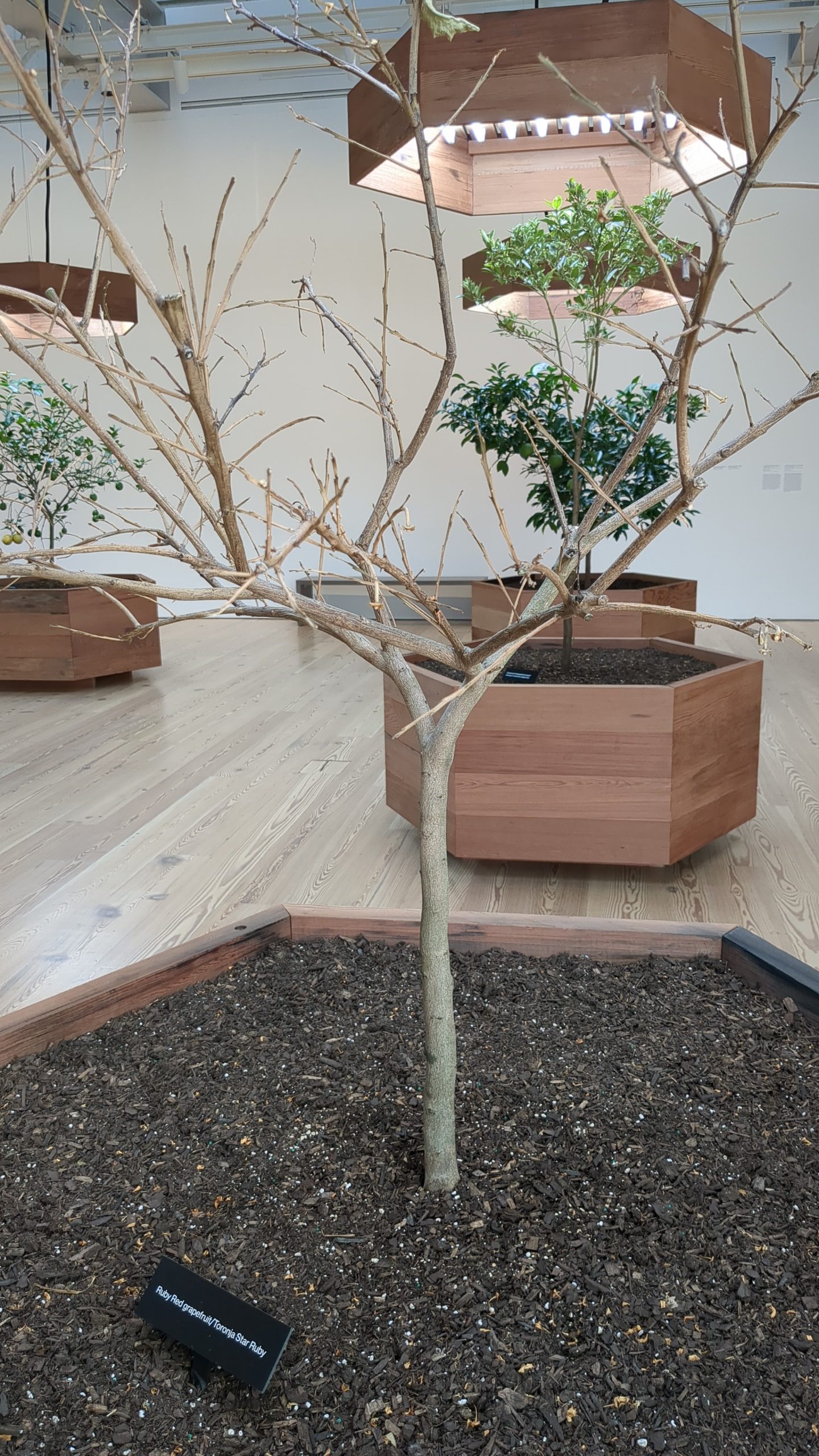
That being said, the re-performance of Portable Orchard is worth “thinking with”. In the book, we adopted the philosopher of science Isabelle Stengers’ approach to “thinking with” articulated in a set of questions found in the introduction to her book “Thinking with Whitehead” (2011).
Every adventure thus calls forth the generic question ‘what does it make matter?’ which can also mean ‘how is the contrast between success and defeat defined for it?’
and
…the point is to experiment with the effects of that leap: what it does to thought, what it obliges one to do, what it renders important, and what it makes remain silent.
Stengers’ questions are about what is made to matter and what is not, how the criteria of judgement might be changed, what the works might make us think about and even be obliged to do. Stengers frames these questions through her reading of the philosophy of Alfred North Whitehead and they are useful to ask of Portable Orchard too.
When you see the work in the Whitney now, the social-political-ecological context of the original work, the changing landscape of Southern California, is missing. The citrus fruit trees in the Whitney aren’t local to the Northeastern USA. These were brought from South Carolina. The Whitney has used recycled redwood for the hexagonal containers of the fruit trees and the lighting fixtures. They have considered the “material lifecycles and environmental impacts” and “the team sourced reclaimed redwood from a local mill” according to the interpretation materials. Sustainability matters, but “place” is “silent”.
But let’s ask another question ― how is this art? If in some way art is meant to evoke “livingness” (as Wole Soyinka says in his book on aesthetics), this work is “life”, just about sustained in less than hospitable conditions (no irony they are called Survival Pieces ― galleries are not ideal contexts for living things). Portable Orchard is formally organised. The redwood structures do riff on the formal aesthetic of other artists ― Donald Judd’s boxes and Dan Flavin’s neon installations were the allusions for the Harrisons. That formal aesthetic works as well now as it did then ― it is the livingness that might be compromised. But as is signalled by this being a re-performance rather than a reconstruction, this isn’t art just because the hexagonal boxes create a pattern in three dimensions, or because of the contrast between the brown of the boxes and the greens, yellows, and oranges of the trees and fruits.
Tim Collins just said on Facebook in a discussion about “Reclaim the Void“, a project in Western Australia, “Generally speaking, ecoart is a debate between doing things and shaping perception and value”. He goes on provocatively to say, “On some level, critical cultural and philosophical analysis seems to take a back seat to a utilitarian mindset and a technocratic analysis of materials, technologies and practices”.
Portable Orchard‘s ability to shape perception and value might be because it is the familiar made strange (an orchard in a gallery), but this traction has to do with the idea that the “context is half the work”, the rubric of the Artist Placement Group who were active around the same time as the original instance of Portable Orchard. The strange orchard in a gallery invokes all the other orchards in the area, it invokes the employment, the harvest, the trucking, your parent working for one of the big juice businesses, the smell of the fruit in the warm evening air.
A museum like the Whitney, full of paintings and sculptures modern and contemporary, sort of makes that shaping of perception and value a singular personal experience. Once the question of value and perception becomes social, engaged with a context, it also becomes related to the utilitarian, to the issue of doing things, things being done. It doesn’t mean it has to be consumed by technocratic processes, but it does raise a bunch of questions. Who gets to evaluate the work? People are interested in art for sure, but also people with expertise in trees and orchards, people who promote stewardship of urban greenspaces. Insects, who normally evaluate fruit trees, are excluded ― of course, the trees were already pollinated when they came into the gallery, but still, we increasingly recognise that we must value the total entanglement. The gallery can be an orchard temporarily, but some things are excluded in that metaphorical shift.
Portable Orchard is, in fact, messy in important ways. The cool formal aesthetic, the quiet space, are at odds with the potential agitation that the work might inspire. I can’t help but wonder about watering the trees and making juice from the fruit, whilst also appreciating the formal qualities. I appreciate the documentation, the copies of Rachel Carson’s Silent Spring and the Whole Earth Catalog of the period, but I am also aware that there are lots of orchard projects being created by artists now in specific places with all the inhabitants, human and insect.[3]
Another re-performance of a classic piece of ecological art is currently ongoing according to the New York Times. Agnes Denes’ Wheatfield: A Confrontation is being re-enacted in Bozeman, Montana. In that case, the context is half the work ― high-quality agricultural land (as well as ex-industrial land) is being grubbed up for housing. The work is in dialogue with its place even if some of the farmers and crop scientists are quizzical (perhaps as the silviculturalists would be with Portable Orchard).
In both cases, the formal compositional judgements of the artists are critical. The composition is with all the elements, plants, soils, financial systems, preparation of foods, and technologies (combine harvesters and artificial lighting systems).
I’m not arguing that ecological artworks cannot be re-enacted in very different contexts meaningfully, that they must be “true” to their place. I think the point is that ecological works are fundamentally dynamic, and their aesthetic power comes from that dynamic interaction with context. This is true of social practice works too. These works are fundamentally systemic, changing, and changed by their inter- intra-action with their environments. They have as much to do with the changes in the state of materials, and the flows of energy as the things that go on in ideas. If we ask how values are changed by Portable Orchard or Wheatfield, what these works might ask us to think about (or even oblige us to do), that question needs to be asked by the institutions. The Harrisons changed their practice having examined their Survival Pieces, going on to create works that proposed putting the livingness of the web of life as manifest in places (in all the complexity of that idea) first in our decision-making. Should the institutions be changing so that a Portable Orchard is more than a 6-month display of an artwork?
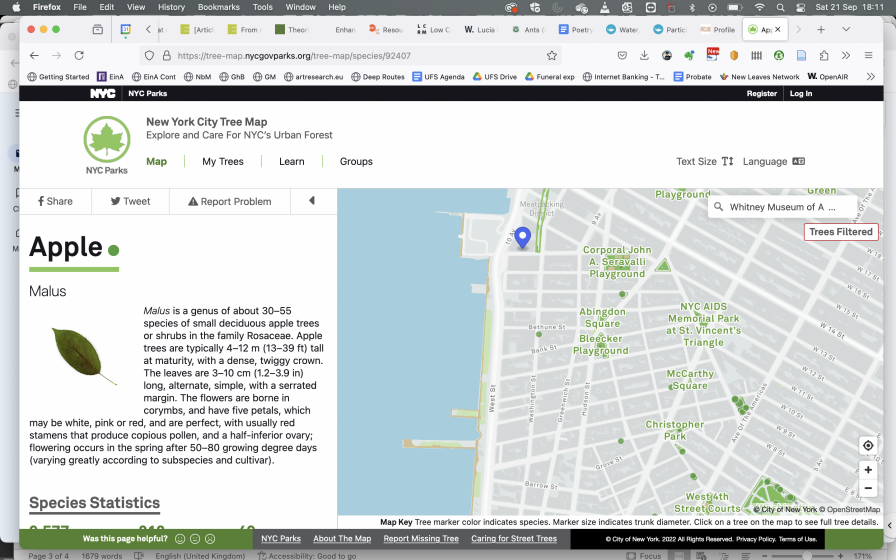
Could the Whitney make this work messier? More interconnected with the challenge of urban greening and healthy “social-ecological systems”? Locate the work more in the debate Tim Collins highlights, between “perception and value” and “doing things”? Somehow this requires a “bridge” from the gallery to the city, a way to connect the aesthetic agitation created by Portable Orchard to the fruit trees in the city, tree stewardship, pollinator populations, and all the things that have a different, though related beauty. Searching the New York City Parks Department Tree Map there are a very small number of apple trees and also a few cherry trees in the Greenwich Village area. These trees are probably too far apart to usefully support pollinators. Go over to East New York and it’s a different story. How the Whitney does this as art, as opposed to replicating the work of NYC Parks, is another question, but there are lots of examples to draw on as noted.[4] What the Harrisons did by putting the orchard as an experiment into the gallery is agitate the imagination. What they went on to do subsequently is create proposals that focus on the livingness of the world and the need for human culture to re-find its niche(s).
Chris Fremantle
Ayrshire
With thanks to Anne Douglas for her comments.
[1] “Re-performance” rather than “reconstruction” is the curator of “Helen and Newton Harrison: California Work” Tatiana Sizonenko’s characterisation. It usefully frames these works as performative rather than static. Sizonenko has included another re-performance of Portable Orchard at the La Jolla Historical Society in San Diego as part of that four-venue exhibition spanning the Harrisons’ works from 1970-2022.
[2] This is not the case at the Whitney.
[3] Just a few in the UK might include Annie Lord’s The Neighbouring Orchard (2021-2025 ongoing), Jo Hodges and Robbie Coleman’s The Far Orchard (2022 ongoing), Anne-Marie Culhane’s Fruit Routes (2011 ongoing) and Flow (2017 ongoing), Jonathan Baxter and Sarah Gittin’s Dundee Urban Orchard (2013-2017 and ongoing), all presaged by Common Ground’s Apple Day and other related initiatives (1990 ongoing).
[4] The Whitney has partnered with, amongst other community programs, Grow NYC for a program of workshops with adults and young people entitled ‘Thriving Instead of Surviving’

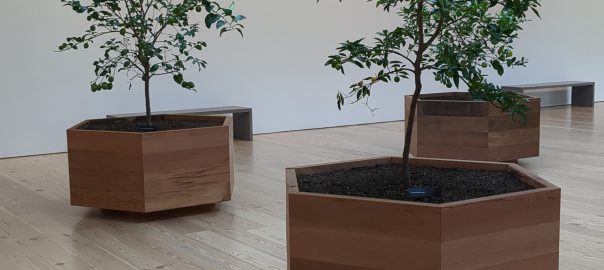






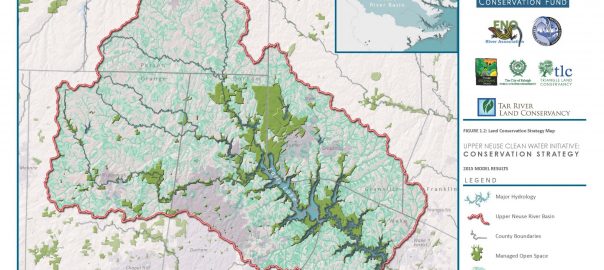


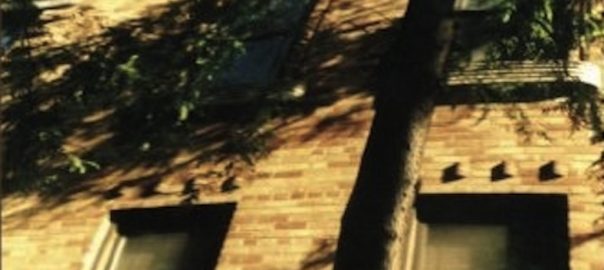
Thanks for this great thinking piece, Chris sensei!
To “agitate the imagination” is potent. It also sits nicely, as the glue between the “doing” and “value perception” that you mention from Tim.
With an artist’s intuitive perception of value in hand, the creation of work that agitates the imagination ultimately should lead to doing — though not necessarily by the artist, but by the viewing public who experience a value-perception-shift that expands their way of seeing, thus moving them to proper and meaningful action. Harrisons seem to have done that a whole lot to audiences, and when they did, it undoubtedly rippled change through the world!
If the Whitney and other institutions knew what was up, they would catch that ripple and surf it…